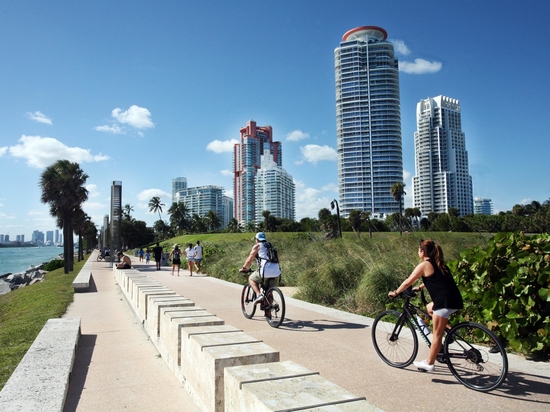
#Inspiration
The Importance of Cycling Infrastructure for Future Cities
Future of cycling
As cities worldwide grapple with issues like traffic congestion, air pollution, and the need for sustainable transportation solutions, the importance of cycling infrastructure has never been more pronounced. The integration of cycling-friendly infrastructure not only promotes a healthier and more eco-conscious mode of commuting but also offers a host of benefits that can redefine urban living.
Cycling, as a mode of transportation, boasts numerous advantages. It's a sustainable and zero-emission method of travel, which directly contributes to cleaner air and a reduction in greenhouse gas emissions. Furthermore, it promotes physical fitness, enhancing the overall health and well-being of city dwellers. Regular cycling can reduce the risk of chronic diseases, such as heart disease and obesity, while also decreasing stress levels. Moreover, cycling can be a cost-effective mode of transportation, as it requires minimal investment compared to owning and maintaining a car.
To fully harness these benefits, cities must invest in cycling infrastructure. Dedicated bike lanes, bike-sharing programs, secure parking facilities, and bike-friendly traffic regulations are essential components of this infrastructure. Properly designed cycling lanes not only protect cyclists but also make roads safer for all users by reducing congestion and accidents.
The impact of cycling-friendly infrastructure extends beyond the health and well-being of individuals. It contributes to a reduction in traffic congestion, which is a growing problem in urban areas. As more people turn to cycling, there is a decrease in the number of cars on the road, alleviating congestion and reducing travel times for all commuters. This, in turn, improves the overall quality of life in cities by mitigating stress associated with long and frustrating commutes.
Additionally, cycling infrastructure promotes a sense of community and engagement within cities. Cyclists often become more intimately acquainted with their urban surroundings, fostering a deeper connection to their environment. Local businesses can benefit as well, as cyclists are more likely to stop and explore shops and restaurants along their routes.
In conclusion, the development of cycling infrastructure is not just an investment in a healthier and more sustainable future but also a means of enhancing the quality of life in urban areas. By embracing cycling as a viable and efficient mode of transportation, cities can reduce pollution, alleviate congestion, and foster a sense of community and well-being among their residents. To build better, more sustainable cities, cycling infrastructure must play a central role in urban planning and development.
Photo by Martin Magnemyr





